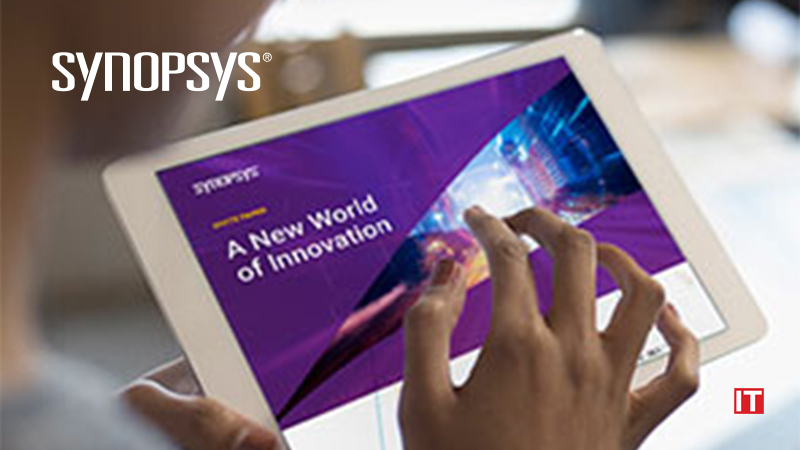Synopsys, Inc. (Nasdaq: SNPS) announced the availability of new and improved interoperability features between CODE V® and LightTools®, which enable designers to easily simulate optical systems that contain imaging and non-imaging components, thereby reducing product development time. Designers are able to leverage the industry-leading design, optimization and tolerancing capabilities of CODE V and LightTools to develop a broad range of optical systems with unparalleled speed and accuracy, from augmented reality headsets and head-up displays to smartphone optics and electro-optical imaging systems.
Also Read: XCEL NEXT Announces First Batch of Investments Focused on AI and Metaverse
In the iterative design environment, CODE V surface-based models are automatically converted to solid models in LightTools for high-fidelity optical product simulations. Design updates are seamlessly maintained between the products, including all optical properties, receivers and sources. JOYA Team, an optical systems design and engineering firm, has used CODE V and LightTools to design augmented reality systems and tried an early version of the new interoperability between the products.
“CODE V and LightTools each bring enormous value to optical system design, but the improved communication between them in this major software upgrade is a complete game changer,” said Olga Resnik, co-founder of JOYA Team. “Design tasks have been simplified. The time required to optimize imaging and non-imaging aspects has been dramatically reduced. The software solutions from Synopsys enable our team to continue delivering next-generation optical innovations to the market.”
Designers can also take advantage of advanced new modeling features in both products. For example, surface-based modeling in LightTools allows CAD geometries to be instantly ray traced as free-standing surfaces and as parts of solid geometry for more efficient, flexible optical system simulations. In CODE V and LightTools, improvements to diffractive surfaces and volume holographic optical elements support the development of holographic surfaces for head-up displays and AR/VR headsets. Automatic adjustments in CODE V to material indices for varying temperature and pressure conditions support advanced modeling of aerospace and defense systems.
Optical systems can be virtually prototyped with ultimate physical realism using the LightTools SmartStart Library, which provides an extensive database of measured material and optical property data. With the help of SmartStart Library assets, designers are able to make quick decisions about which materials to use in their optical systems to optimize product performance and realize cost savings.
“CODE V and LightTools are unique in the optical software industry, with intelligent modeling tools, optimization AI and fast, accurate tolerancing to reduce manufacturing costs,” said Stuart David, vice president of Synopsys Optical Solutions. “Designers trust Synopsys optical solutions to handle the most challenging system requirements and help them deliver the best designs possible. The combination of CODE V and LightTools in an iterative design environment gives optical engineers tremendous power to innovate new systems and realize vast productivity gains.”
Availability
CODE V and LightTools versions 2022.03 are available now. Customers with a current maintenance agreement can download the software from the Synopsys website using their SolvNetPlus account.
About Synopsys
Synopsys, Inc. (Nasdaq: SNPS) is the Silicon to Software™ partner for innovative companies developing the electronic products and software applications we rely on every day. As an S&P 500 company, Synopsys has a long history of being a global leader in electronic design automation (EDA) and semiconductor IP and offers the industry’s broadest portfolio of application security testing tools and services.































